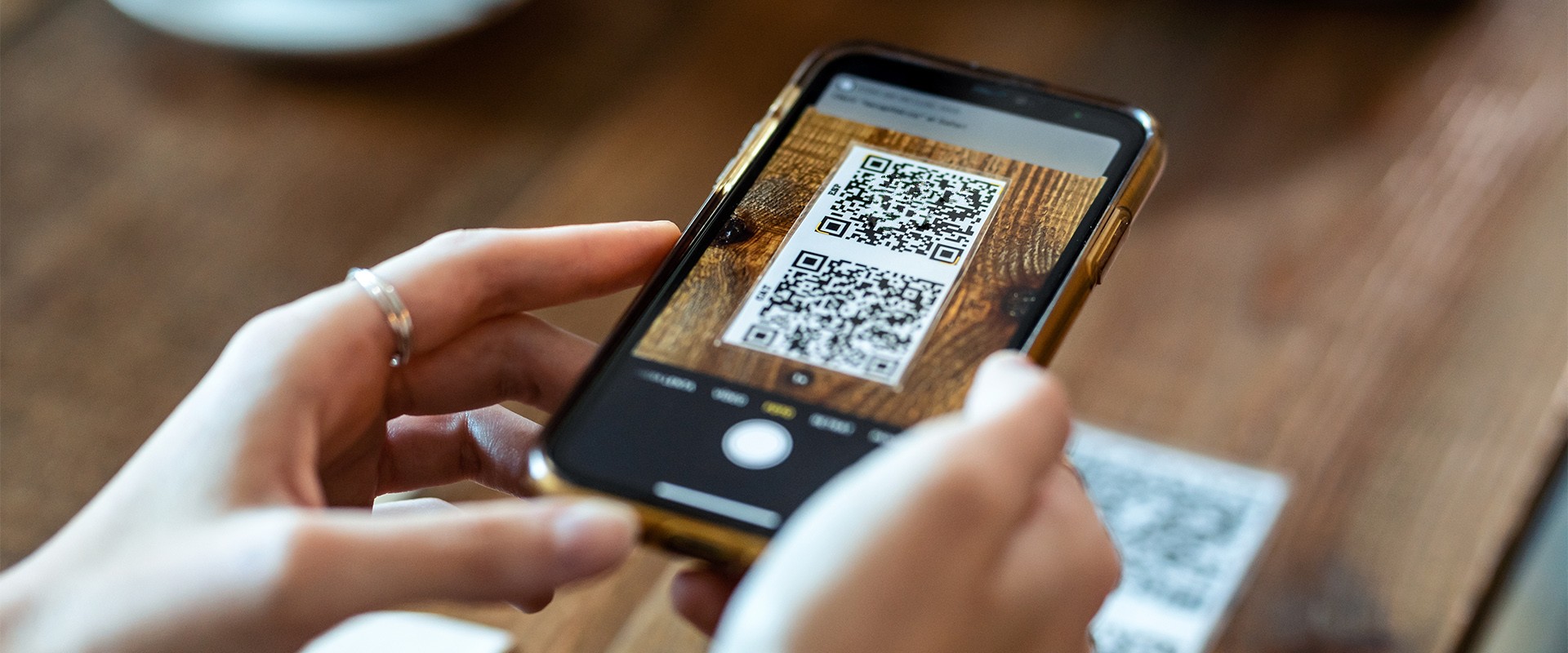A PDF QR code combines the convenience of QR codes with the power of PDF documents. These two-dimensional barcodes allow you to link directly to a specific PDF file using a simple scan. Unlike traditional QR codes that typically lead to websites or other online content, PDF QR codes provide a seamless way to share and access PDF files in both physical and digital contexts.
How Do They Work?
- Encoding PDF Information: When you create a PDF QR code, it encodes the URL or direct link to a PDF document. This link can point to a file stored on a server, a cloud storage platform, or any accessible location.
- Scanning and Decoding: Users can scan the QR code using their smartphones or other QR code readers. The scanning app decodes the embedded link and opens the associated PDF file.
- Benefits:
- Efficiency: Instead of typing long URLs or searching for specific documents, users can quickly access PDFs by scanning the code.
- Versatility: PDF QR codes work offline, making them ideal for conferences, printed materials, and physical displays.
- Shareability: Share brochures, product manuals, event schedules, or research papers seamlessly.
Use Cases and Applications of PDF QR Codes
Business Scenarios:
- Product Brochures and Catalogs:
- Companies can create QR codes for product brochures, catalogs, or user manuals. Placing these QR codes on packaging or marketing materials allows customers to scan and instantly access detailed information about the product.
- For instance, a QR code on a cereal box could lead to a digital brochure with nutritional facts, recipes, and serving suggestions.
- Event Schedules and Materials:
- Event organizers use QR codes to share schedules, speaker bios, and session details with attendees. Participants can scan the codes to access conference agendas, workshop materials, or event maps.
- QR codes on event badges can link to personalized schedules or virtual networking profiles.
- Educational Resources:
- Schools, universities, and training programs distribute QR codes to students. These codes provide access to lecture notes, study guides, or supplementary materials.
- Teachers can create QR codes for homework assignments, linking to relevant PDFs or online resources.
- Smart Product Packaging:
- Brands can enhance product packaging by embedding QR codes. Scanning these codes reveals assembly instructions, warranty details, or troubleshooting guides.
- Imagine buying a new gadget and instantly accessing its user manual via a QR code on the packaging.
Internal Operations and Training
- Access internal resources
Employees can scan a QR code to access company policies, training materials, or internal knowledge bases. - Machine maintenance logs
Attach QR codes to equipment for easy access to maintenance logs, safety instructions, or troubleshooting guides. - Streamline onboarding process
New hires can scan a QR code to access onboarding materials, benefits information, or company directories.
Personal Use:
- QR Codes in Resumes and Portfolios:
- Job seekers can stand out by embedding QR codes in their resumes or portfolios. These codes link to online portfolios, where potential employers can view work samples, projects, or certifications.
- A designer might include a QR code on their resume, directing recruiters to their online design portfolio.
- Sharing Project Reports and Research Papers:
- Researchers, students, and professionals can use QR codes to share project reports, research papers, or case studies. Colleagues or clients can scan the code to access the full document.
- This eliminates the need to email large attachments or print physical copies.
- Artistic and Creative Applications:
- Artists, photographers, and writers can leverage QR codes to link to their creative works. For example, a photographer might place QR codes next to exhibited photos, allowing viewers to explore behind-the-scenes stories or purchase prints.
- Writers can use QR codes in printed books to provide additional content, such as author interviews or multimedia elements.
- Personal Archives and Family History:
- Individuals can create QR codes for personal archives, family recipes, travel journals, or genealogical records. Scanning the code reveals the associated PDF document.
- Imagine preserving family recipes by linking them to QR codes in a family cookbook.
Creating PDF QR Codes: A Step-by-Step Guide
- Choose a QR Code Generator:
- Start by selecting a reliable QR code generator that supports PDF QR codes. For example OpenQr QR code. OpenQR platform allows you to create customized QR codes with specific functionalities.
- Upload Your PDF:
- Choose PDF QR code type from the list. Most QR code generators and also OpenQR provide an option to upload your PDF directly.
- Customize the QR Code:
- Design: Customize the appearance of your QR code. You can choose colors, add a logo (if desired), and adjust the code’s visual elements.
- Branding: Consider adding a relevant icon to the center of the QR code. This reinforces your brand identity.
- Custom domain: Add a custom domain to your QR code. This also increase the trust of your QR Code.
- Generate the QR Code:
- Click the “Save” button to create your PDF QR code.
- The platform will generate you a downloadable QR code image.
- Test Scannability:
- Print the QR code and test it using various QR code scanning apps on different devices (iOS, Android).
- Ensure that the code scans correctly and leads to the intended PDF.
PDF QR codes seamlessly blend the physical and digital worlds, offering a convenient way to share information. Whether you’re a restaurant owner enhancing your menu experience or an individual sharing project reports, QR codes provide efficiency, accessibility, and versatility.
